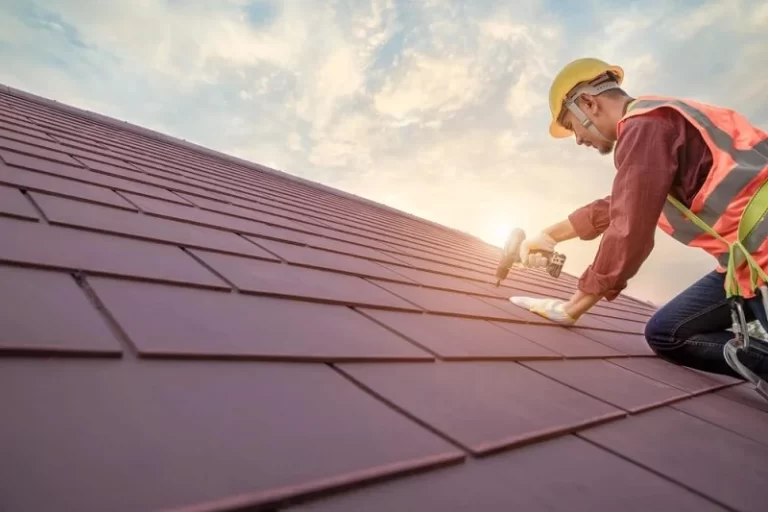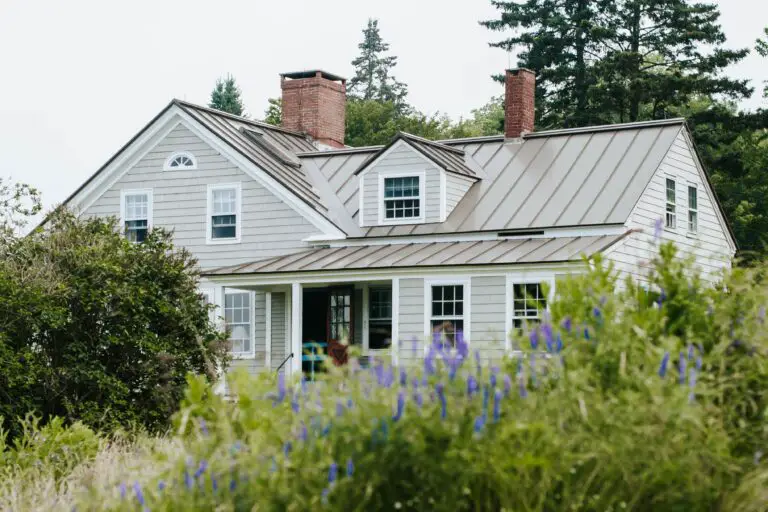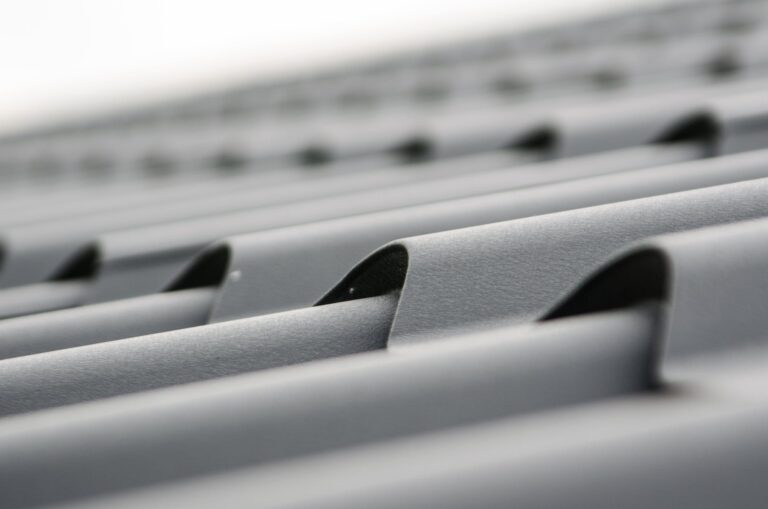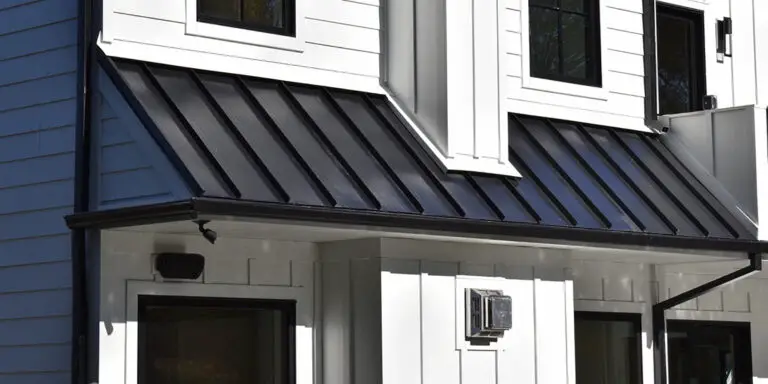Understanding Roll Roofing
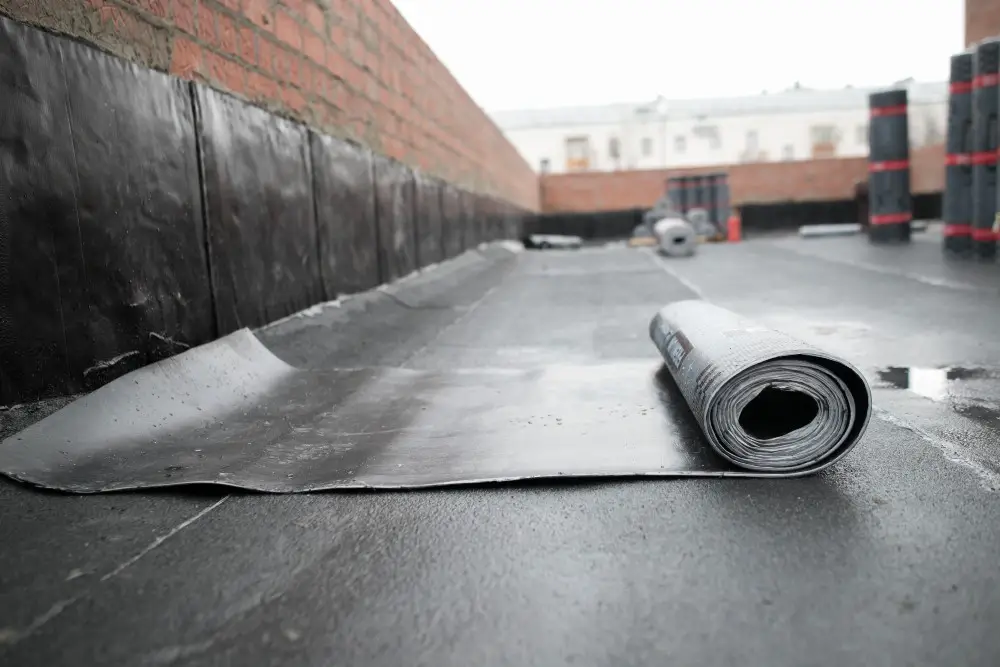
Roll roofing, a staple in the roofing industry, offers a practical and cost-effective solution for low-slope or flat roofs. Typically made from asphalt-saturated materials, roll roofing is known for its ease of installation and durability.
This guide delves into the intricacies of roll roofing, exploring its types, installation process, benefits, and maintenance tips, making it an essential read for homeowners and contractors alike.
What is Roll Roofing?
Roll roofing is a type of roofing material that comes in rolls. It’s primarily used for buildings with low-slope roofs and is a popular choice due to its affordability and straightforward installation process. Composed of materials similar to asphalt shingles, roll roofing is often considered an economical alternative to more traditional roofing methods.
Types of Roll Roofing
Understanding the different types of roll roofing is crucial for making an informed decision. The most common types include:
Single Ply Roll Roofing
Known for its simplicity, this type is made of a single layer of roofing material.
Double Ply Roll Roofing
Offering added durability, this type consists of two layers.
Rubber Membrane Roll Roofing
A more modern approach, using a rubber membrane for enhanced flexibility and weather resistance.
Each type has its unique advantages, catering to different roofing needs and preferences.
Installation Process
Installing roll roofing is a straightforward process, making it a favorite among DIY enthusiasts. The key steps include:
1. Surface Preparation
Cleaning the roof surface to remove debris and ensuring it’s dry.
2. Underlayment Installation
Laying down an underlayment, if required, to provide additional insulation and moisture protection.
3. Rolling Out the Material
Carefully rolling out the roofing material, ensuring it’s properly aligned.
4. Securing the Material
Nailing down the material at designated intervals for a secure fit.
5. Sealing
Applying roofing cement at the edges to seal the material and prevent water ingress.
Advantages of Roll Roofing
Roll roofing offers several benefits, making it an attractive option for many:
Cost-Effectiveness
It’s more affordable compared to other roofing materials.
Ease of Installation
Its simple installation process reduces labor costs.
Versatility
Suitable for various types of buildings, particularly those with low-slope roofs.
Durability
With proper maintenance, it can last for a considerable amount of time.
Maintenance and Care
To ensure longevity, regular maintenance of roll roofing is essential. This includes:
Regular Inspections
Checking for cracks, tears, or any signs of wear and tear.
Prompt Repairs
Addressing any damage immediately to prevent further issues.
Cleaning
Keeping the roof free from debris and dirt to maintain its integrity.
Environmental Impact and Sustainability
In today’s eco-conscious world, the environmental impact of building materials is a crucial consideration. Roll roofing, primarily made from asphalt, raises questions about sustainability. However, advancements in recycling have allowed for the reuse of asphalt materials, reducing the environmental footprint. Additionally, some roll roofing products now include reflective coatings to improve energy efficiency by deflecting sunlight and reducing heat absorption.
Innovations in Roll Roofing
The roofing industry continually evolves, with innovations enhancing the quality and functionality of roll roofing. Some of the latest developments include:
Improved Weatherproofing
Technological advancements have led to better weather-resistant formulas, extending the lifespan of roll roofing in harsh climates.
Eco-friendly Options
Manufacturers are introducing more sustainable materials, appealing to environmentally conscious consumers.
Enhanced Aesthetic Appeal
New textures and colors provide more options for homeowners, allowing roll roofing to mimic more expensive materials like tiles or metal roofing.
Choosing the Right Roll Roofing for Your Project
Selecting the right type of roll roofing is crucial for the success of your project. Consider the following factors:
Climate
Certain materials perform better in specific climates, so choose a type that suits your local weather conditions.
Building Design
The slope and design of your roof will determine the most suitable type of roll roofing.
Budget
Balance your budget with the quality of materials to ensure a cost-effective yet durable solution.
Professional Installation vs. DIY
While roll roofing is DIY-friendly, there are instances where professional installation is recommended. Complex roof designs, larger buildings, or lack of roofing experience might warrant hiring a professional. They can ensure proper installation, which is vital for the roof’s effectiveness and longevity.
Safety Considerations
Safety is paramount when installing roll roofing. Proper safety gear, including gloves, non-slip shoes, and eye protection, is essential. Additionally, always work with a partner and ensure that ladders and scaffolding are secure.
Common Questions about Roll Roofing
Q: How long does roll roofing last?
A: Typically, roll roofing can last between 5 to 15 years, depending on the environment and maintenance.
Q: Is roll roofing suitable for all types of weather?
A: Roll roofing is resilient, but extreme weather conditions can affect its lifespan.
Q: Can roll roofing be installed over existing shingles?
A: While it’s possible, it’s always best to consult a professional to assess the condition of the underlying shingles.
Final Thoughts
When it comes to cost-effective and reliable roofing systems, rolled roofing emerges as a standout choice. Unlike traditional asphalt roofing shingles, rolled roofing material offers a unique blend of durability and ease of installation, making it an ideal choice for both new constructions and updating an existing roof. The process to install roll roofing is straightforward: it involves laying the material over a synthetic underlayment or directly on the existing roof, and then securely hammered down.
The final step in roofing installation is to meticulously apply roofing cement along the edges, ensuring a watertight seal. This installation method not only simplifies the process but also reduces labor costs, making rolled roofing a practical option for those seeking efficiency and affordability. In contrast to low-cost composite shingles, rolled roofing provides a robust solution without compromising on quality. Its mineral-surfaced design contributes to its longevity and resistance to environmental elements.
This aspect of rolled roofing material is particularly beneficial for buildings that require a durable yet cost-effective roofing solution. Additionally, the simplicity with which one can install roll roofing makes it a popular choice for DIY enthusiasts and professionals alike. The convenience of having a lightweight, easy-to-handle material, combined with the reduced complexity of installation compared to traditional shingles, positions rolled roofing as a smart choice for a variety of roofing needs.

